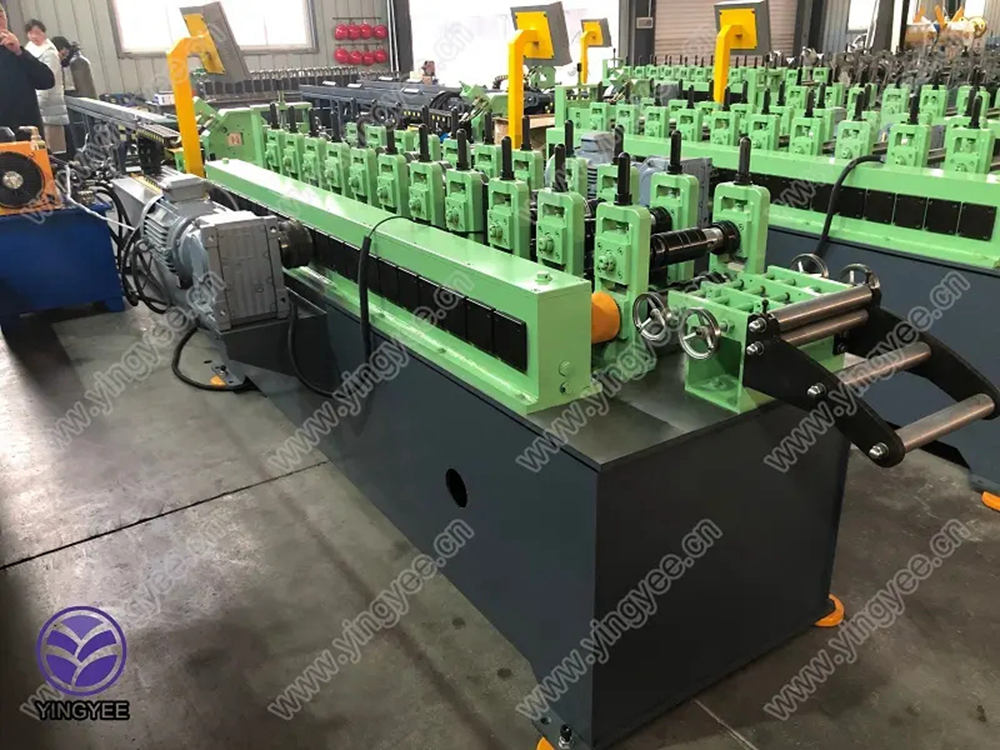
The Significance of Highway Sound Barrier Cold Bending Machines
As urban areas continue to expand and road networks grow, mitigating noise pollution from highways has become a critical concern. One of the most effective solutions to combat this issue is the installation of sound barriers along busy roadways. Among the advanced equipment used in the fabrication of these barriers, cold bending machines play a pivotal role in ensuring both efficiency and precision in manufacturing. This article will delve into the function and importance of highway sound barrier cold bending machines in contemporary infrastructure.
Understanding Sound Barriers
Sound barriers, often made of concrete, wood, or various composite materials, are structures designed to attenuate noise pollution for residential areas adjacent to highways. They work on the principle of obstructing the path of sound waves, thereby reducing noise levels that can lead to various health problems such as stress, sleep disturbances, and decreased quality of life. The effectiveness of a sound barrier largely depends on its height, length, and material properties.
The Role of Cold Bending Machines
Cold bending machines are specialized equipment used to shape and bend materials without the application of heat. This method is particularly advantageous in the construction of sound barriers, as it allows the creation of complex shapes and profiles necessary for optimal noise reduction. Unlike traditional bending methods that may alter the material's properties due to thermal exposure, cold bending retains the original characteristics of the material, ensuring durability and structural integrity.
Efficiency and Precision in Manufacturing
One of the key benefits of using cold bending machines in the production of sound barriers is the enhanced efficiency and precision they offer. With advanced technology, these machines can deliver consistent results, producing components with exact specifications that fit together seamlessly. This precision reduces the likelihood of errors during the installation process, ultimately leading to faster project completion times and lower labor costs.
Moreover, cold bending machines can work with a variety of materials, including metals and composites, allowing manufacturers to choose the best material tailored to specific environmental conditions and aesthetic requirements. This versatility is crucial in urban planning where visual appeal and material durability are essential considerations.

Environmental and Economic Benefits
Investing in cold bending technology for sound barrier production yields both environmental and economic benefits. High-quality sound barriers help protect residential areas from noise pollution, enhancing the quality of life for residents. By reducing noise, these barriers can also contribute to the preservation of wildlife habitats by minimizing disruption from urban noise.
Economically, the long lifespan of well-constructed sound barriers means that municipalities may expend fewer resources on repairs and replacements over time. Additionally, the reduction in noise can lead to increased property values in areas adjacent to highways—an important consideration for urban planners and city officials.
Future Innovations in Cold Bending Technology
As technology advances, the future of cold bending machines looks promising. Innovations such as automation and artificial intelligence are beginning to make their way into production processes, significantly reducing manual labor and time required for manufacturing. Smart cold bending machines equipped with sensors can monitor material properties and automatically adjust settings to ensure optimal performance—resulting in even greater efficiency and quality control.
Furthermore, the growing emphasis on sustainability is pushing manufacturers toward using more eco-friendly materials and methods. Cold bending technology, in combination with recycled or renewable materials, can help achieve more sustainable urban development while still effectively combating noise pollution.
Conclusion
In conclusion, highway sound barrier cold bending machines serve a vital role in the manufacturing of sound barriers that protect communities from the adverse effects of traffic noise. Their ability to produce precise, high-quality components efficiently makes them an indispensable asset in modern infrastructure projects. As we continue to confront the challenge of urban noise pollution, the advancements in cold bending technology promise to enhance our ability to create quieter, more livable environments for future generations. Investing in such technologies not only addresses immediate concerns but also lays the groundwork for sustainable urban growth.